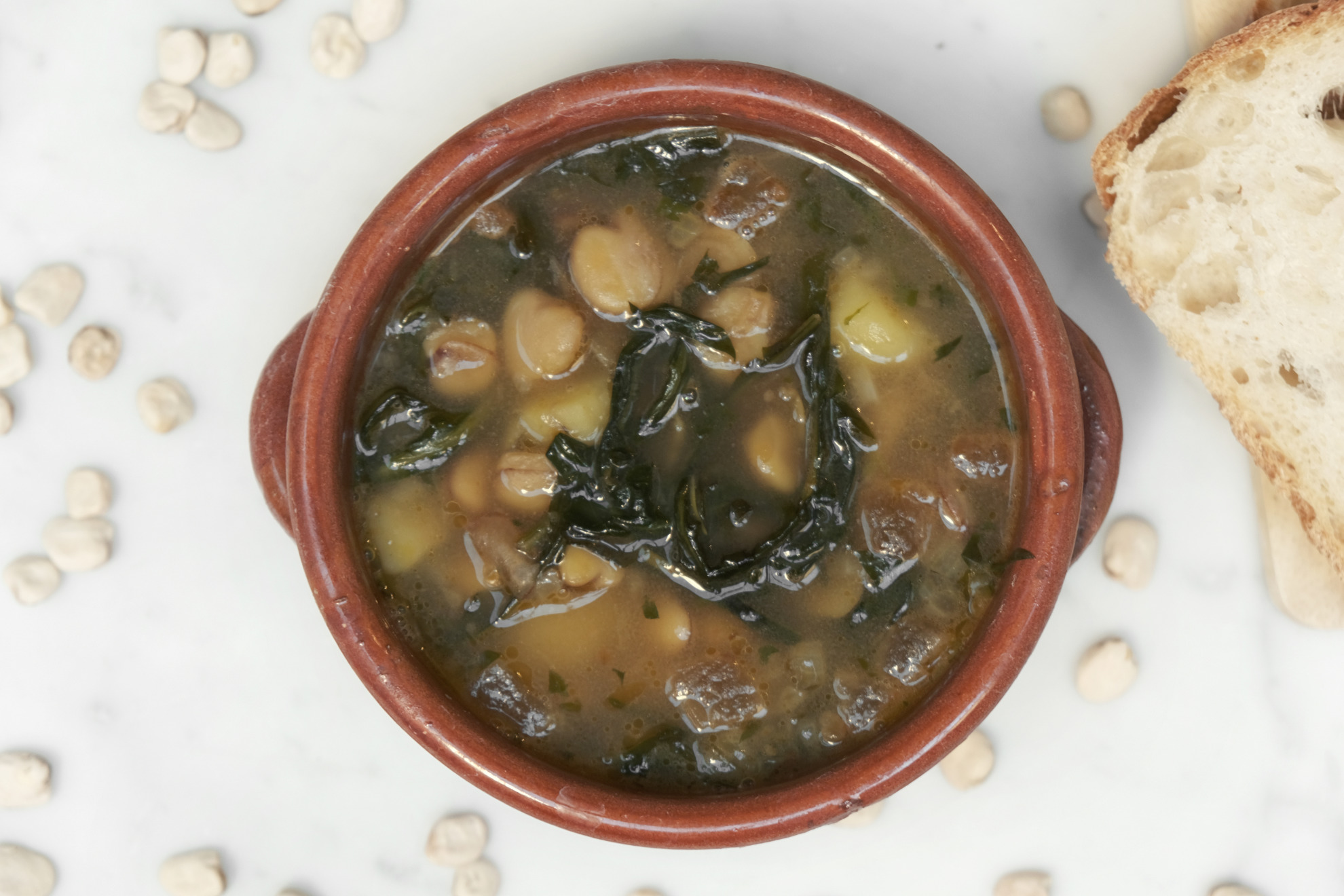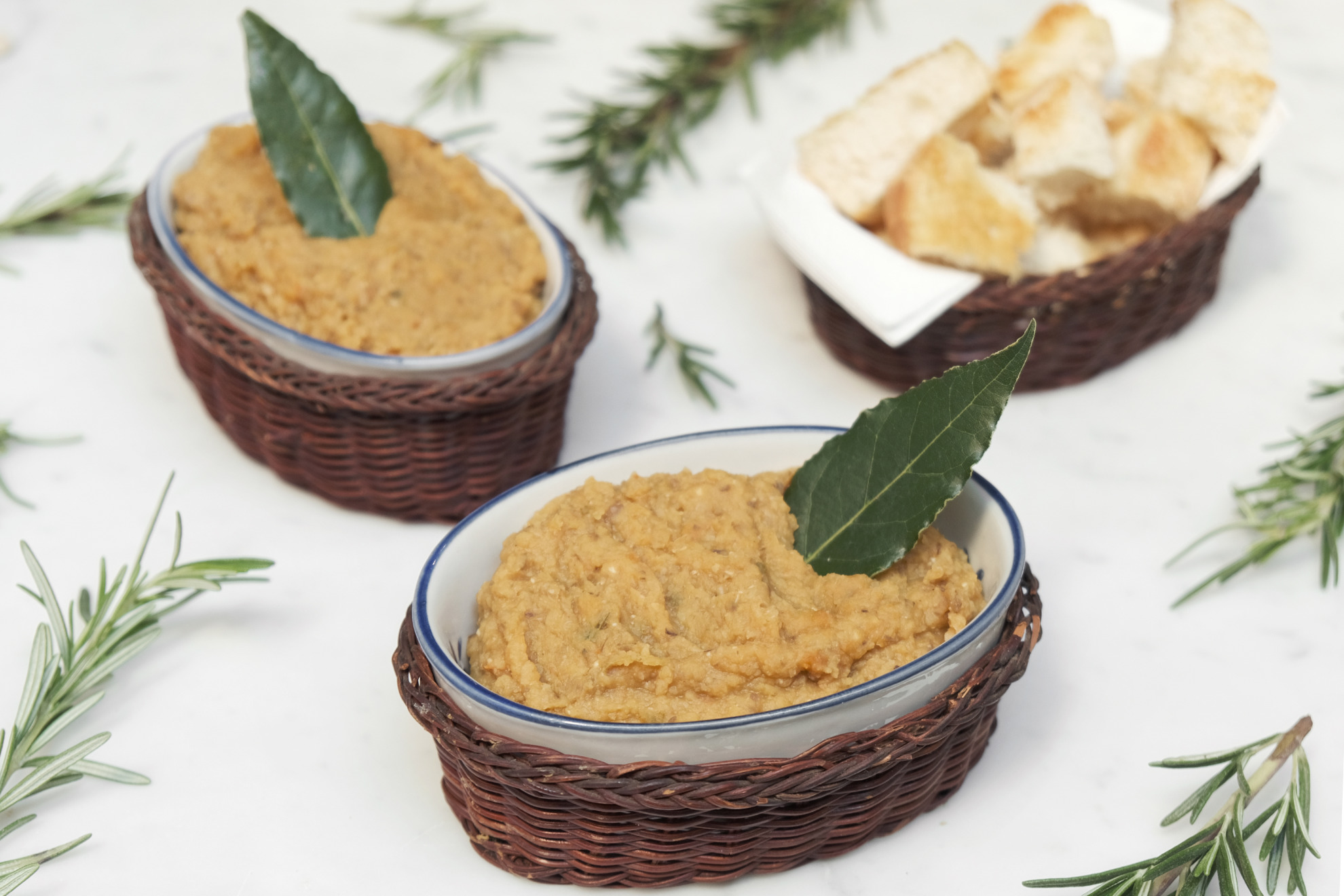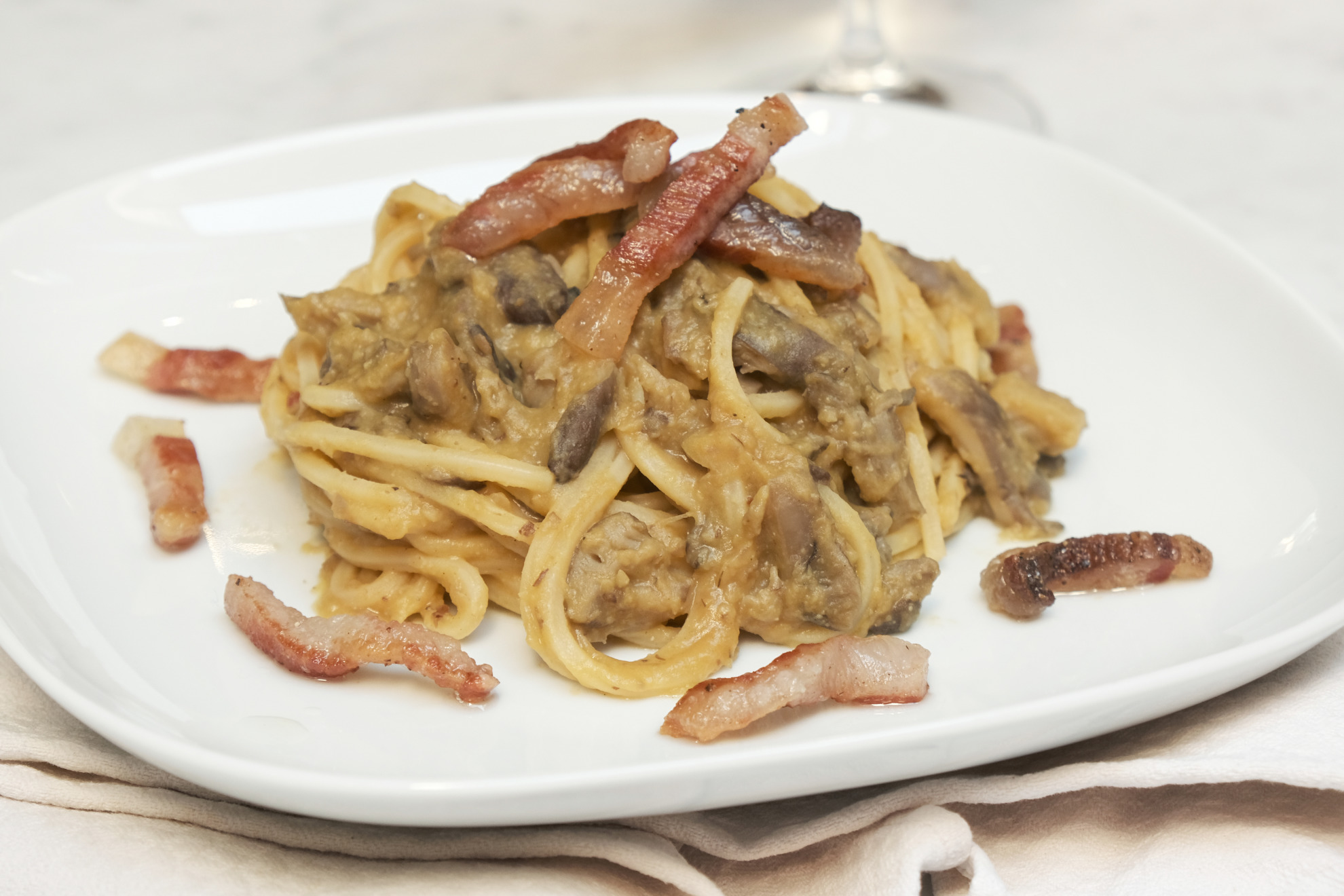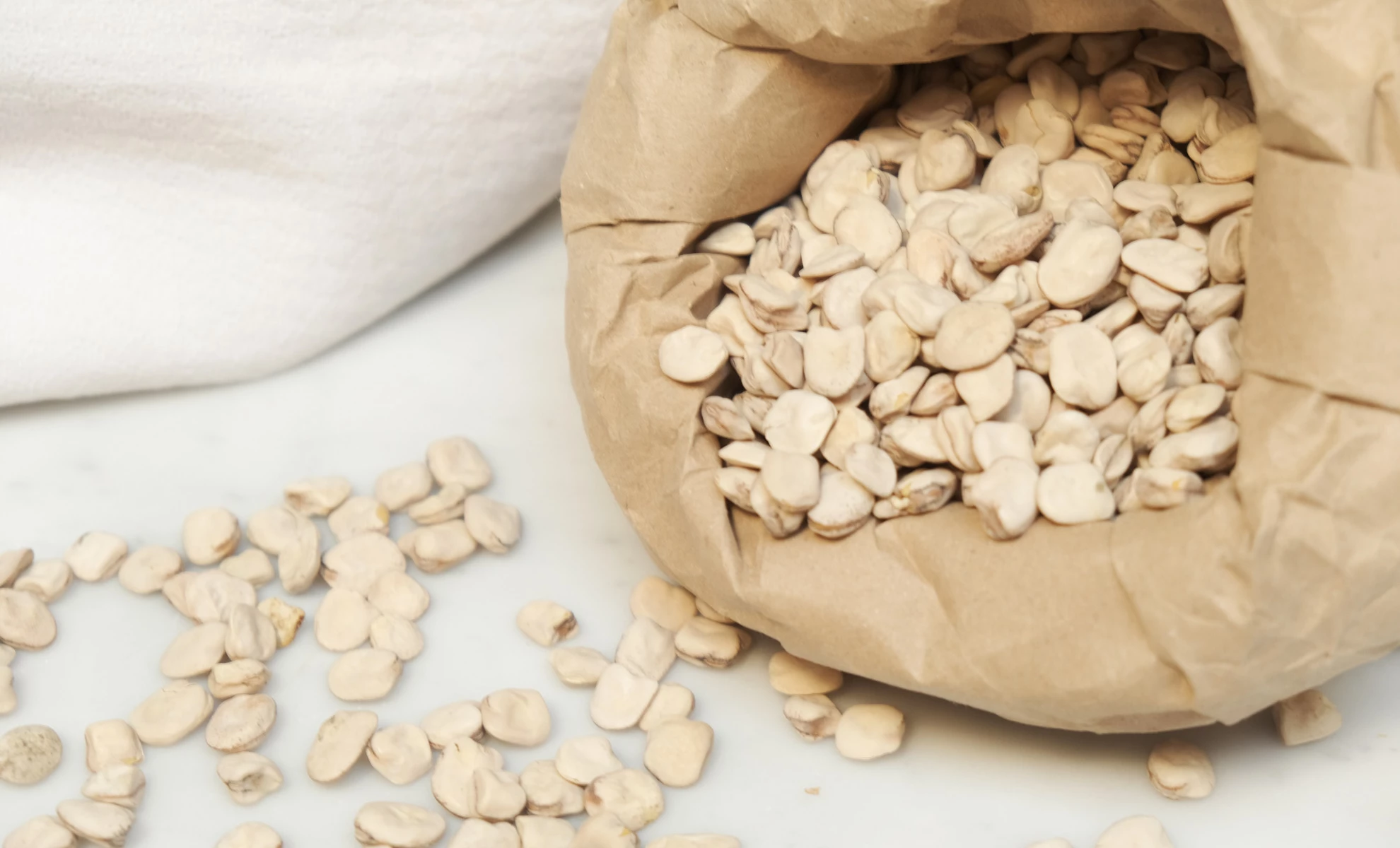The thin profile of the cicerchia, a typical legume of the Mediterranean diet, seemed to foreshadow its fate. For years, this product of central Italy has been forgotten or relegated to vague reminiscences of humble cuisine. When the peasants returned home after a long day working in the fields, they ate nutritious soups, perhaps with the addition of chestnuts, polenta or pork, on the days when meat could be eaten, according to Catholic tradition.
The cicerchia, with an irregular shape and a white tending to beige color, is one of the oldest legumes in the Mediterranean area. Coming from the Asian lands, it was known about eight thousand years ago, in the Mesopotamian area between the Tigris and the Euphrates. From there, the cicerchia began a long journey towards the Mediterranean. And in particular to the regions of the Italian heart: Lazio, Umbria and Marche, up to Abruzzo and Molise. Let’s look at the ancient cities of Sabina, in particular from the province of Rieti.
Ph. Carolina Fragapane

Here, at 1200 meters above sea level, a work of recovery and enhancement of the ancient legume was started. On the plateaus and valleys surrounding Rieti, small groups of farmers gave life to the cultivation of cicerchia after years of oblivion. Every spring, sowing takes place, while every August the fields become a small expanse of white and pink color: this is the appearance that the cicerchia flower assumes before the legume can be harvested.
Ph. Carolina Fragapane

Its thin profile actually hides a nutritious and resistant food, able to be grown even in arid and waterless lands. For this reason, for many years, the cicerchia was considered as a weed, which took away space for the cultivation of products that - at that time - were more attractive for the market. However, the work of recovering biodiversity in this area north of Rome is confirming the centrality of this legume in the Mediterranean diet, especially in autumn and winter dishes, when the cicerchia is mostly cooked.
Ph. Carolina Fragapane

Cicerchia is perfect for soups with chestnuts or cheek lard, typical recipes of the Rieti area. As is the tonnarello (typical local pasta) with mushrooms and cicerchia, another specialty to be enjoyed in the taverns scattered in the green heart of Italy. Or prepared with polenta or sausages: a cult dish for those traveling through the curves of the Sabine plateau.

